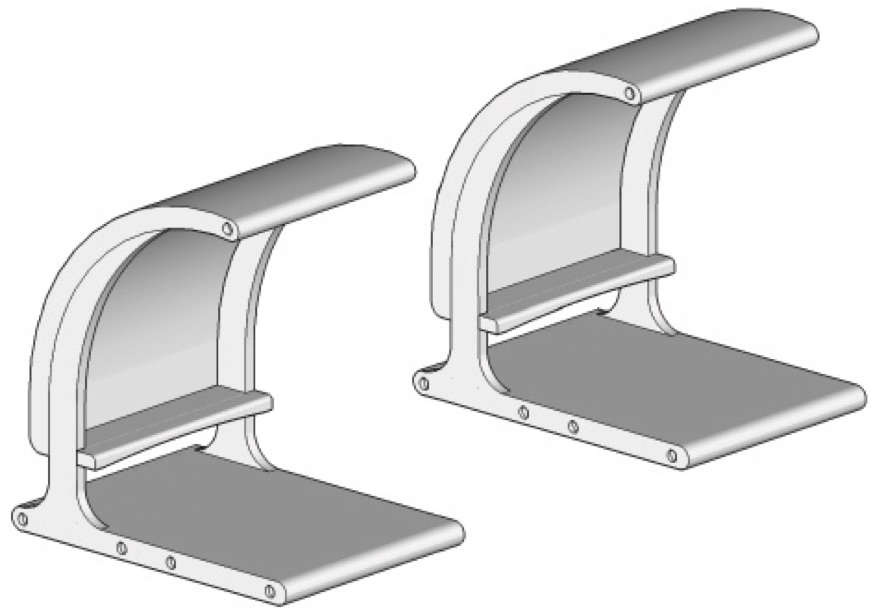Why are gap joints strategically placed in pedestrian footpaths?
- To improve visual appeal
- To improve wheelchair access
- To allow for contraction and movement
- To allow for movement of debris and water
Aussie Maths & Science Teachers: Save your time with SmarterEd
Why are gap joints strategically placed in pedestrian footpaths?
\(C\)
\(\Rightarrow C\)
In the process of manufacturing a concrete slab, cables are placed in ducting. After the concrete is poured and cured, the cables are stretched, anchored and released.
What type of concrete slab is this?
\( D \)
\(\Rightarrow D \)
The reinforced concrete modules shown are designed for public seating. A typical use would be as a bus shelter.

Outline benefits of using this type of modular seating system. (3 marks)
--- 6 WORK AREA LINES (style=lined) ---
The reinforced concrete modules shown are designed for public seating. A typical use would be as a bus shelter.

Steel-reinforced concrete is used in the seating module.
Explain why steel is suitable for reinforcing concrete. (3 marks)
--- 6 WORK AREA LINES (style=lined) ---
Suitability of steel to reinforce concrete
Suitability of steel to reinforce concrete
A photograph of a cast concrete pad is shown.
Describe why concrete would have been selected for this situation. (3 marks)
--- 6 WORK AREA LINES (style=lined) ---
Which of the following is a specialised test used to determine the compressive strength of cured concrete?
`D`
Considering each option:
`=>D`
Reinforced concrete is a composite material.
In the box below sketch and label the components of the macrostructure of reinforced concrete. (3 marks)
--- 0 WORK AREA LINES (style=lined) ---
Image should include the following elements: